Have you ever heard of a 'pizzly' bear?
- Published
- comments
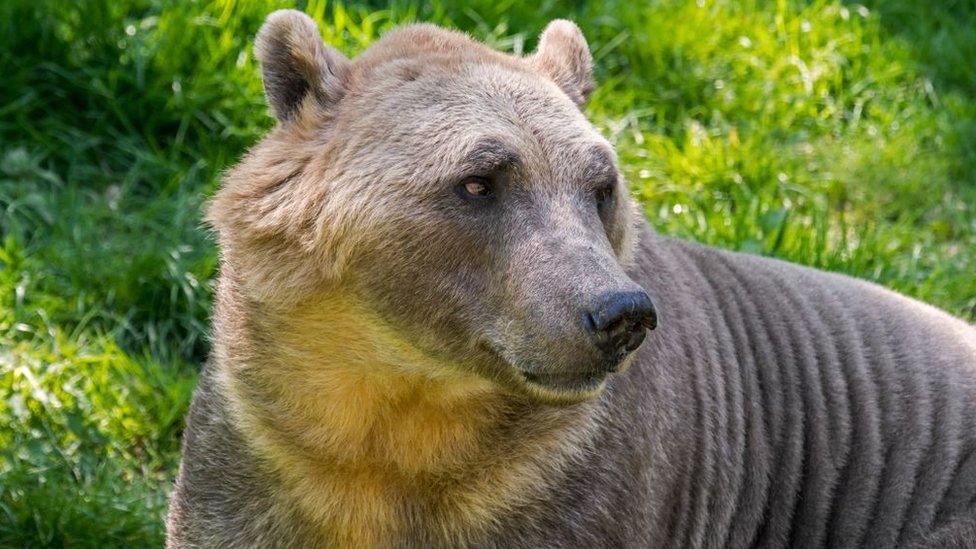
The hybrid is known as a 'pizzly bear' or 'grolar bear'
Grizzly bears and polar bears have quite a bit in common.
They're both huge, covered in dense fur and can let out a pretty mighty roar, but have you ever seen a cross between the two animals?
Well, this crazy bear hybrid actually exists! They're known as 'pizzly bears' or 'grolar bears' and are a blend between two species.
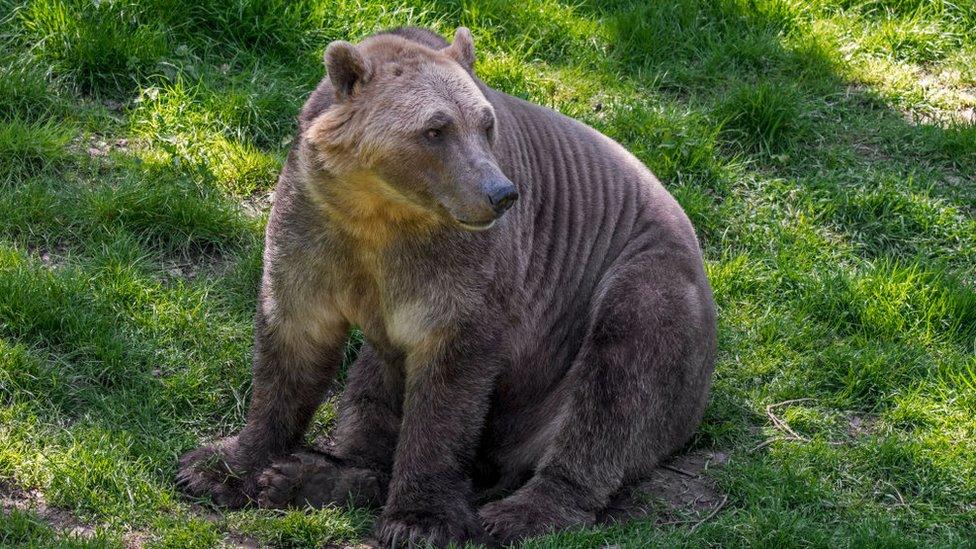
The cross-breed bear is thought to be better suited to the changing climate
The cross-breed may be cool to look at, but scientists believe the reason behind their existence is connected to a big problem the world is facing at the moment - climate change.
Polar bears are known for living in very cold climates, but as Arctic environments get warmer and the sea ice which they depend on to hunt melts, the animals are reportedly moving inland in search of food.
Grizzly bears in the state of Alaska and Canada are said to be moving further north as temperatures continue to increase, where they've been running into and mating with polar bears.
The hybrid pizzly bear is said to be better suited to the changing environment.
"This new type of bear is more resilient to climate change and better suited for warmer temperatures," according to palaeontologist Larisa DeSanti.
She says the polar bear numbers in the Arctic are declining as the animals typically depend on a special diet of blubber.
The melting sea ice means the bears aren't able to hunt seals to provide them with the food they need and they may struggle to adapt to warmer conditions.
How are polar bears and grizzly bears different?
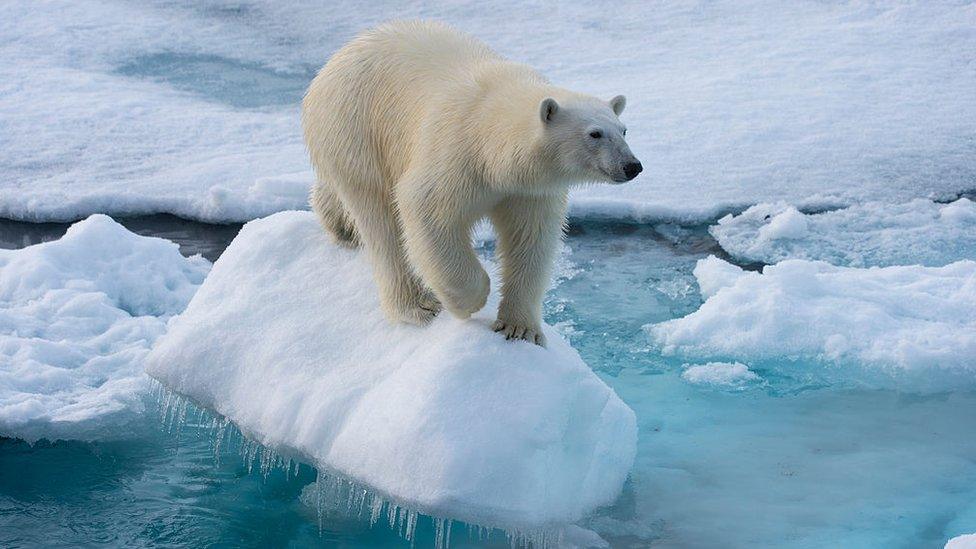
Polar bears rely on sea ice to help them hunt seals
The palaeontologist along with her team compared the mouths of polar bears to those of grizzly bears which have been shown to adapt in periods of warming.
"The polar bear and grizzly bear shared a common ancestor 500,000 to 600,000 years ago, but then they diverged," she said.
"Molars of a polar bear are smaller than a grizzly, but their canines are larger."
It's because the blubber polar bears feast one is basically like them eating jelly all day, compared to the grizzly bears' more varied diet. However, polar bears have elongated skulls that are well adapted to helping them hunt seals.
It's feared the effects of climate change could cause polar bears to disappear altogether if the proper action isn't take soon.
- Published26 April 2013
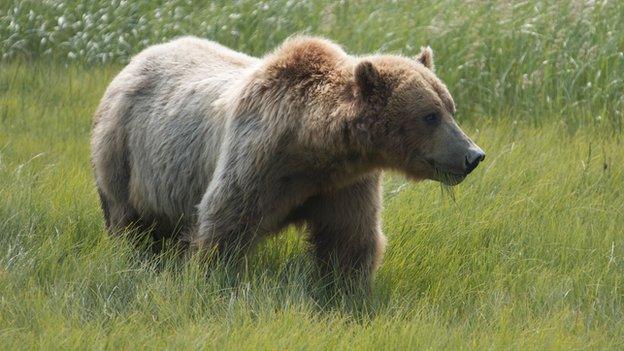
- Published27 February 2021
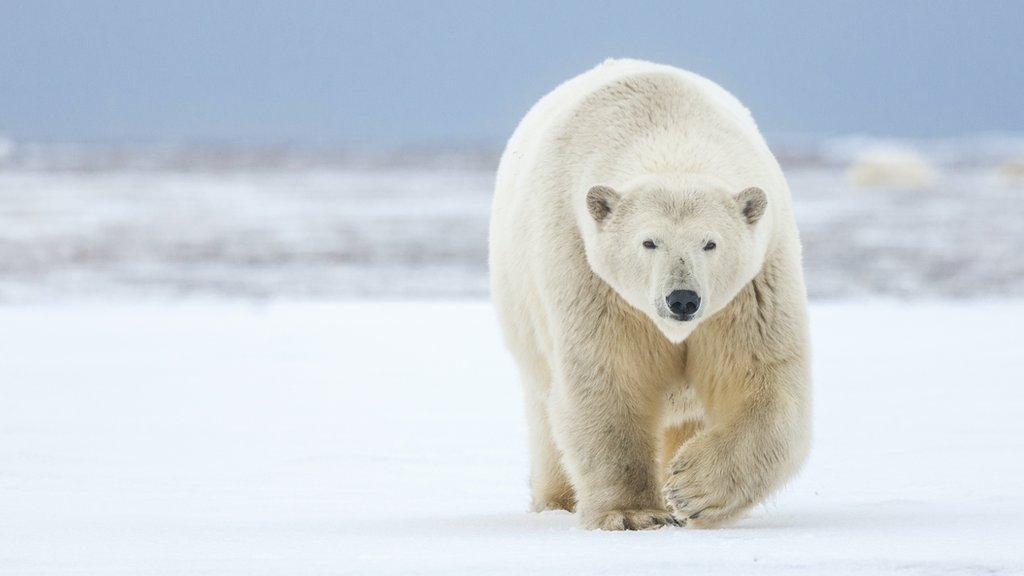
- Published30 June 2015

